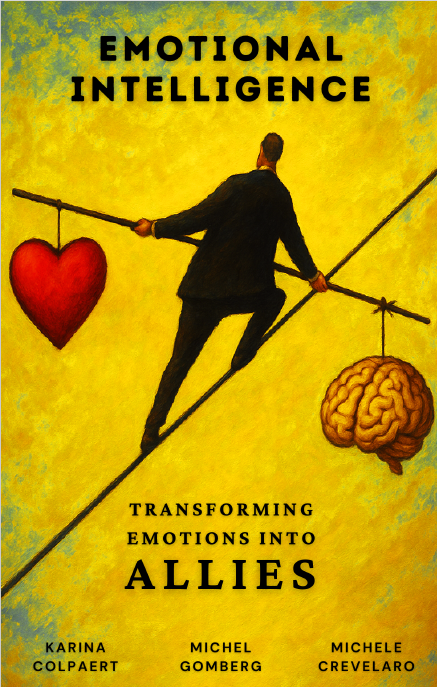Free E-Book
Free E-Book
Fill in the form below to download the E-Book (10-minute read) and learn:
How to map your superpowers and your team’s strengths
The benefits of focusing on your talents
Why “bad is stronger than good”
Strategies to manage your weaknesses
Free E-Book
Free E-Book
Fill in the form below to download the E-Book (10-minute read) and learn:
How to transform emotions into allies
Our advantage in the Age of AI
Practical activities to manage anger and cultivate joy & empathy
Free E-Book
Free E-Book
Fill in the form below to download the E-Book (8-minute read) and learn:
Common triggers of Anxiety
5 faulty patterns and how to change them
Simple exercises to restore serenity
Our brain is like Velcro for the negative and Teflon for the positive.
Dr. Rick Hanson, Psychologist
Superpowers at work: strengths-based approach
Published in the Australian HR Institute’s Magazine
Think of your last performance review or feedback session. What memories stand out: the compliments or the “opportunities for improvement”? Most likely, the negative aspects tend to emerge first, even if you had an overall favourable assessment.
Now, describe your workplace – would you start commenting on organisational challenges and relationship issues or reporting achievements and positive stories?
Helping leaders cultivate gratitude in the workplace
Presented in the World Congress of Positive Psychology
There is robust literature supporting that gratitude is a key driver for life and job satisfaction, collaboration, wellbeing, reduced burnout, and organisational resilience. Nevertheless, few studies about gratitude initiatives in workplace settings have been conducted to date.
In my professional experience as an executive, gratitude was often perceived as a personal matter. That’s probably because it was not understood as an enabler for business performance.
The bright side: What is positive psychology?
Published in the Australian HR Institute’s Magazine
The human brain is like Velcro for negative experiences but Teflon for the positive ones. So, when equal amounts of good and bad are present – say, losing $100 or finding $100 – negative information has more psychological impact.
That is why the “father” of positive psychology, professor Martin Seligman recommends an intentional effort for a more balanced approach. “We should be as concerned with building the best things in life as repairing the worst.”
Watch a therapy session with an AI client
A man in his 50’s, recently divorced and empty-nested, is seeking purpose in life and work. Simulation created with SimCare AI.






